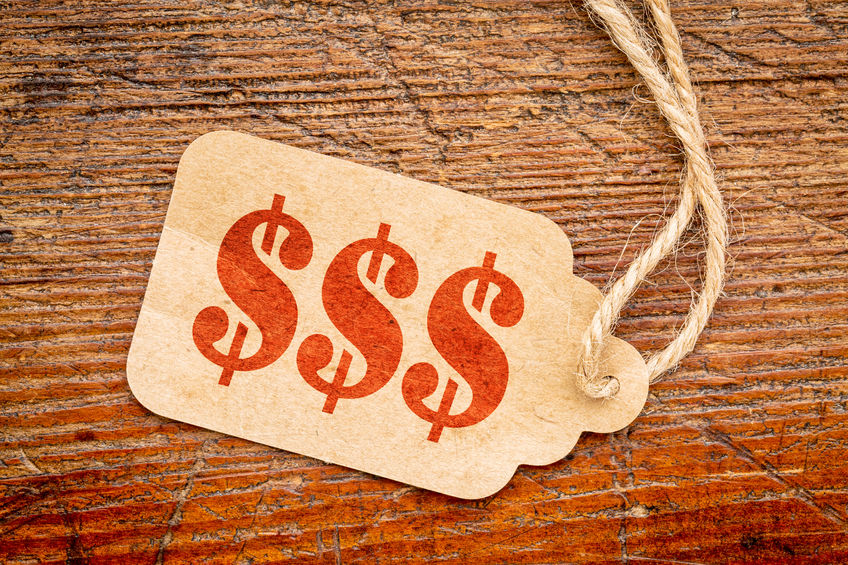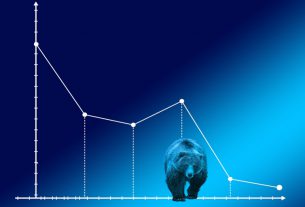One of the most underappreciated and miraculous discoveries of humanity has been the price system. Because of it everyone eats better, resources are conserved, and large-scale economic coordination and planning takes place without any individual in charge.
Prices Are Signals
Every day people negotiate, conditions change, supply shocks happen, people’s preferences change. And every day prices in the economy fluctuate in order to take all of that information into account.
Prices are signals that carry immense information and that guide human behavior. People don’t need to know much about what’s happening in the world in order to take into account the changes in prices.
For example a person need not know about Trump’s new tariffs in order to take into account the information that the price of cars has risen. All he needs to know is that the price has risen and that will inform his decision to buy the car or not.
When the price of water rises during a hurricane, the higher price could mean that water is in short supply in the area or it could mean people are demanding more water or it could be some combination of both, but that doesn’t matter. What matters is that the price has risen for whatever reason, and now people’s behavior will be guided by the information about the underlying market conditions.
What that higher price for water will now do is:
1. Push people to conserve water and use it only where it is most needed, because the value of water is now higher. People will stop watering their plants, taking long showers, and washing dishes with the sink running because it will be too expensive. People will save their water for the most important uses. When it comes to conserving resources and pushing people to make responsible use of those resources, price signals are incredibly valuable.
2. Attract entrepreneurs, competitors, and producers. The high price signals to entrepreneurs that profits are abnormally high in this area, and thus they will bring increased supply to market. This will lower the price of water and meet people’s demand for greater amounts of water in a time of need.
In the absence of price signals it is much harder to plan and to weigh the costs and benefits of alternative choices. When prices are prevented from going too high, such as in price-gouging laws, shortages are created and resources are misused and not conserved.
When politicians pass laws restricting the free flow of prices, they’re implicitly saying that they know what is best for society, yet this is impossible. Prices and the market contain so much information and wisdom, no single person could ever possibly know.
No Single Planner
The most miraculous part about the price system is that no human or group of people designed it, planned it, or created it. It came into existence on accident, by no one’s intention.
People striving to improve their condition in life – producing, working, saving, and then trading and exchanging, is what resulted in the price system. As more and more people traded with one another society eventually grew from a barter system to a more complex economy utilizing money. As society grew and as people discovered the most efficient forms of money, prices could be better determined and fluctuate more fluidly.
Take Leonard Read’s classic “I, Pencil”, for example. In it, he tells the story of a pencil and how no individual on earth knows how to make a pencil by himself. He explains how a pencil requires all kinds of resources – wood, metal, lead, rubber, paint – and all of those resources need to be produced and have their own entirely different supply chains. Despite the fact that there is no central planner, the market coordinates all of these people, industries, and resources to come together and create something elegant. The thousands, if not millions, of people dispersed in these different areas of industry do not know they are producing a pencil or whatever else. All they know is that they are working to improve their lot in life and they by accident serve a purpose greater than themselves without even knowing it.
It is through this enormous and wide-scale extended market order guided by prices and private property that people create a social order and immense social welfare without even meaning to.
This article was originally posted on Red Tea News.





